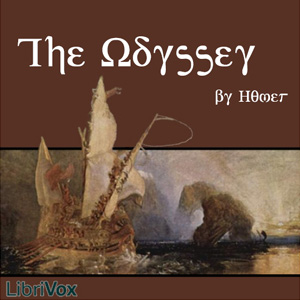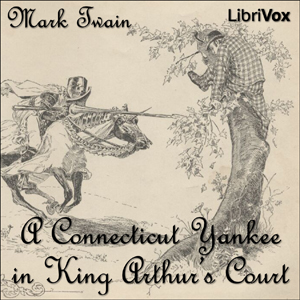- Chapter 01
- Chapter 02
- Chapter 03
- Chapter 04
- Chapter 05
- Chapter 06
- Chapter 07
- Chapter 08
- Chapter 09
- Chapter 10
- Chapter 11
- Chapter 12
- Chapter 13
- Chapter 14
- Chapter 15
- Chapter 16
- Chapter 17
- Chapter 18
- Chapter 19
- Chapter 20
- Chapter 21
- Chapter 22
- Chapter 23
- Chapter 24
- Chapter 25
- Chapter 26
- Chapter 27
- Chapter 28
- Chapter 29
- Chapter 30
- Chapter 31
- Chapter 32
- Chapter 33
- Chapter 34
- Chapter 35
- Chapter 36
- Chapter 37
- Chapter 38
- Chapter 39
- Chapter 40
- Chapter 41
- Chapter 42
- Chapter 43
- Chapter 44
- Chapter 45
- Chapter 46
- Chapter 47
- Chapter 48
- Chapter 49
- Chapter 50
- Chapter 51
- Chapter 52
The Swiss Family Robinson has delighted generations of readers with its exciting tale of a family which, though shipwrecked, displays “the right stuff” and builds a charming colony that later, they do not want to leave. Cut off from the comforts and companionship of other humans, they use a familiarity with natural history and biology to find the resources and build the tools to construct a canoe, weave cloth, irrigate a garden, and turn an immense hollow tree into a lofty house with a spiral staircase. They domesticate buffaloes, wild asses, and monkeys. They establish farms and plantations. And finally, they have a terrifying encounter with natives from a nearby island.
Johann David Wyss, the author, did not live to complete his tale. Storytellers over the years have injected so many episodes into the various versions that probably none closely match the original. (Indeed, the Baroness de Montholieu expanded the book from two volumes into five when she translated it into French.) This effort was re-translated into English in 1849 by W.H.G. Kingston, abridging the edition severely. It follows the British sensibilities of the period in terms of sentence structure and emphasis. (Summary by Mark F. Smith)
Johann David Wyss, the author, did not live to complete his tale. Storytellers over the years have injected so many episodes into the various versions that probably none closely match the original. (Indeed, the Baroness de Montholieu expanded the book from two volumes into five when she translated it into French.) This effort was re-translated into English in 1849 by W.H.G. Kingston, abridging the edition severely. It follows the British sensibilities of the period in terms of sentence structure and emphasis. (Summary by Mark F. Smith)
There are no reviews for this eBook.
There are no comments for this eBook.
You must log in to post a comment.
Log in











